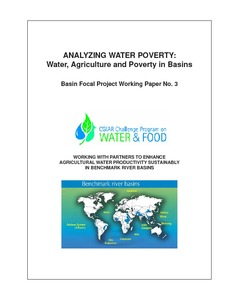Livelihood diversification in Borana pastoral communities of Ethiopia - prospects and challenges
This paper analyses the livelihoods of the Borana pastoral communities of Southern Oromiya in Ethiopia. It aims to inform policy makers, donors, and development practitioners about the best strategies for protecting and promoting sustainable livelihoods in the region. The study is based on survey data from participatory research carried out in three communities, as well as stakeholder consultations at district and regional levels.









